Bronze may be a treasured artistic material today, but its story begins with much more practical pieces from before 3000BC. Step back to ancient Sumer in Mesopotamia (modern-day southern Iraq), where the earliest evidence of bronze has been found and where it is believed the Bronze Age began. During this hotbed of significant human development, the first writing systems appeared, the wheel was invented and, most key to this story, it was when bronze became widely used for utilitarian implements such as knives, farming tools and also weapons.
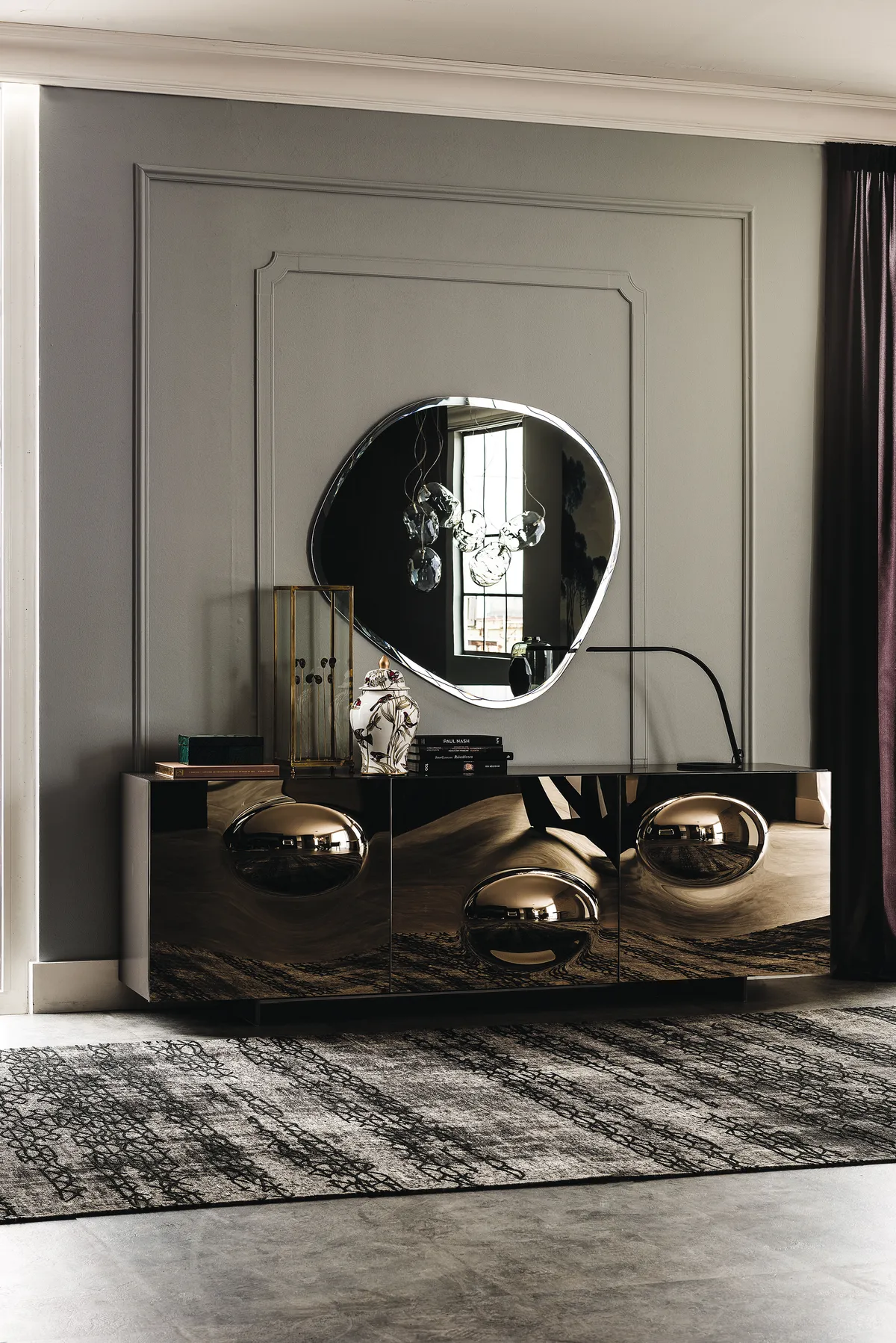
While the exact origins of the invention of bronze are not clear, one theory is that the metals in copper and tin-rich rocks were fused together under great heat – perhaps when fires were lit. The fusion of the two produced an alloy stronger than soft copper or brittle tin – the preceding materials predominantly used – alone.
Bronze Age expertise migrated from the Middle East to the eastern Mediterranean. Artefacts have been found in India and China, and across northern Europe, appearing late on in Britain around 1900BC. The Bronze Age lasted until around 1200BC when it was succeeded by the Iron Age – iron was a more abundant metal and much easier to process for everyday needs, but bronze endured as an artistic medium.
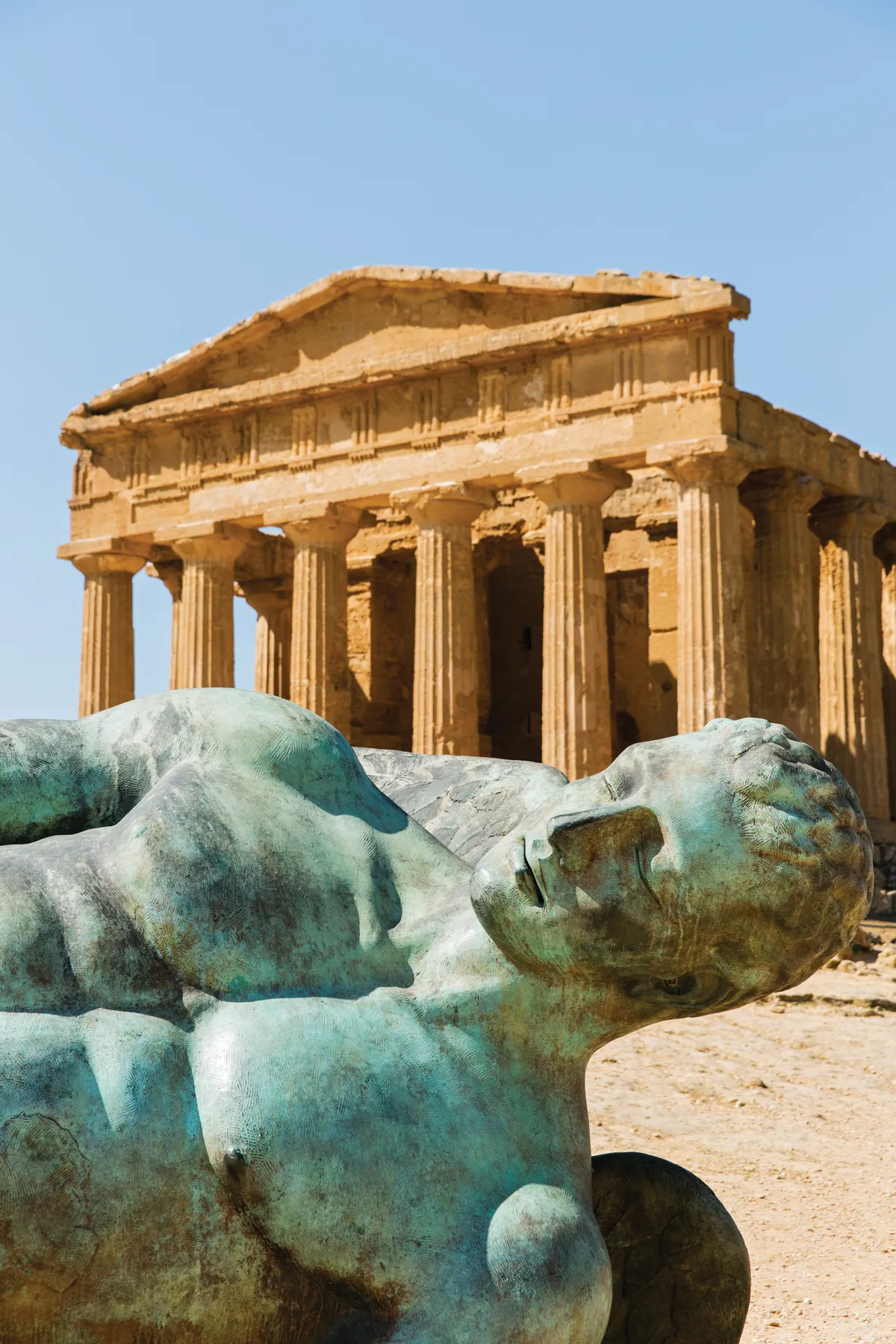
A Model Form
The oldest bronze statue in existence is Dancing Girl – found in the Indus Valley (modern-day Pakistan) – it dates to around 2500BC. The ancient Greeks were the first known to produce life-size statues in bronze, but very few remain. Happily, there are plenty of surviving Roman sculptures, and both civilisations used the medium to immortalise their heroes in bronze: from athletes and statesmen to popular gods. Their traditions have influenced the way bronze is used even now, as a vehicle for decoration and commemoration. It had other practical uses too: in shipbuilding by the ancient Greeks, and for musical instruments.

The Renaissance in Europe showcased a resurgence of bronze sculpture inspired by classical Greek and Roman art. Bronze had strength and durability, and the qualities to allow the expression of complex detail and delicate nuance. ‘The unprecedented skill of 16th-century Renaissance sculptor Giambologna and the neoclassical genius of Antonio Canova from the 18th century, shaped the evolution of bronze sculpture as an art form,’ says David Hickmet of Hickmet Fine Arts. ‘This served as a reference point for 19th and 20th-century sculptors to break away from conventionality and put their individual stamp on their ‘new art’,’ he adds, as the advent of the Industrial Revolution brought a resurgence in bronze’s popularity. Paris, in particular, was a hub for new foundries. Artists flocked to the French capital to learn the skills of bronze casting and sculpture and, from that time on, this alloy has been the material of choice, from commemorative statues of fallen soldiers to more creative exploits.
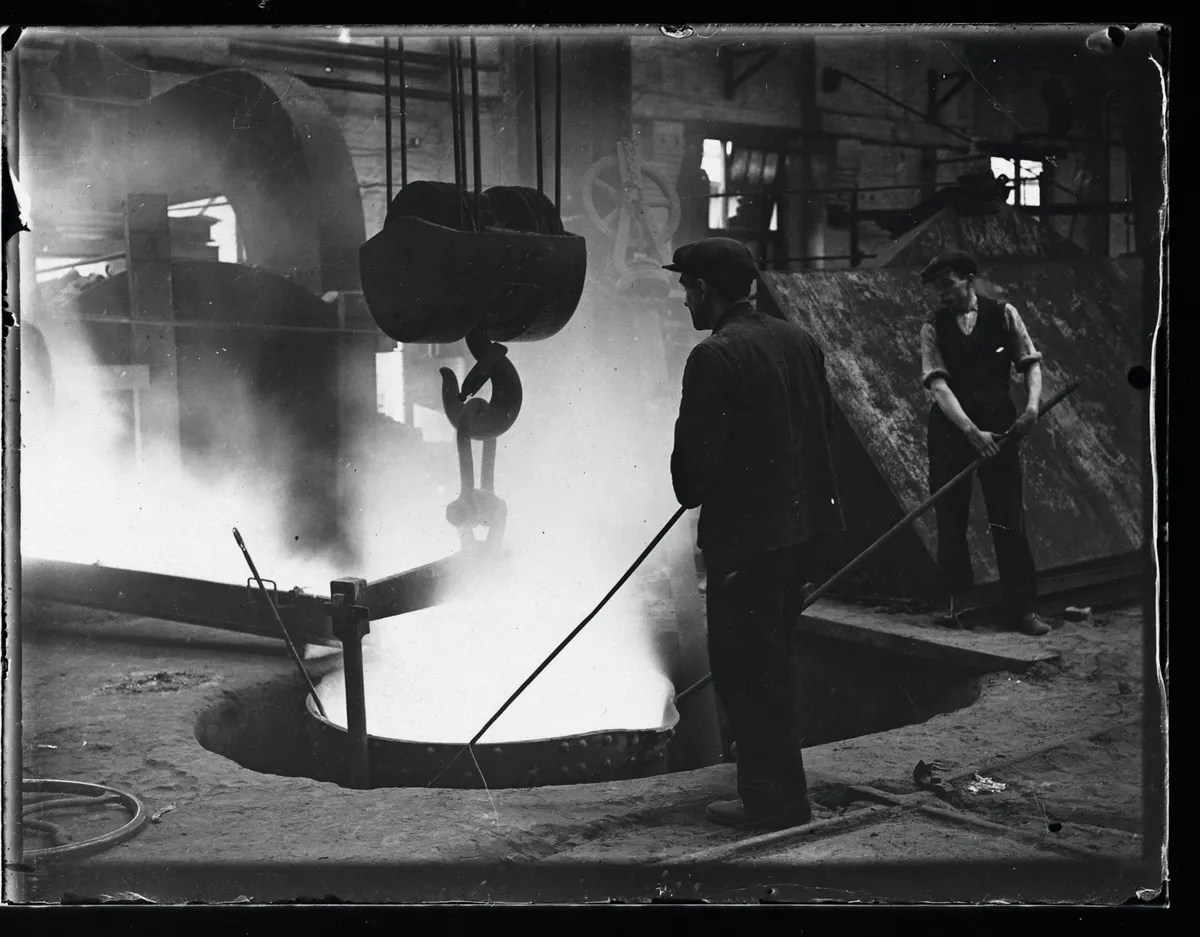
The proportions of copper in antique bronze determines the depth of colour: if there is a deep pink hue beneath the patina, there is a large percentage of copper in the alloy. There were two main methods of casting: simple sand casting using compacted fine sand to form a mould, or lost-wax or cire perdue, a complex method of casting where molten bronze is poured into a mould created by first making a wax model that melts away. The chiseler then chases in the final realistic detailing by hand and the cast bronze is given a patina – an oxidising or acidic solution that reacts with the surface to produce a warm finish. It is difficult to fake an aged patina and an expert’s eye will be able to spot the genuine article.
Pure and Simple
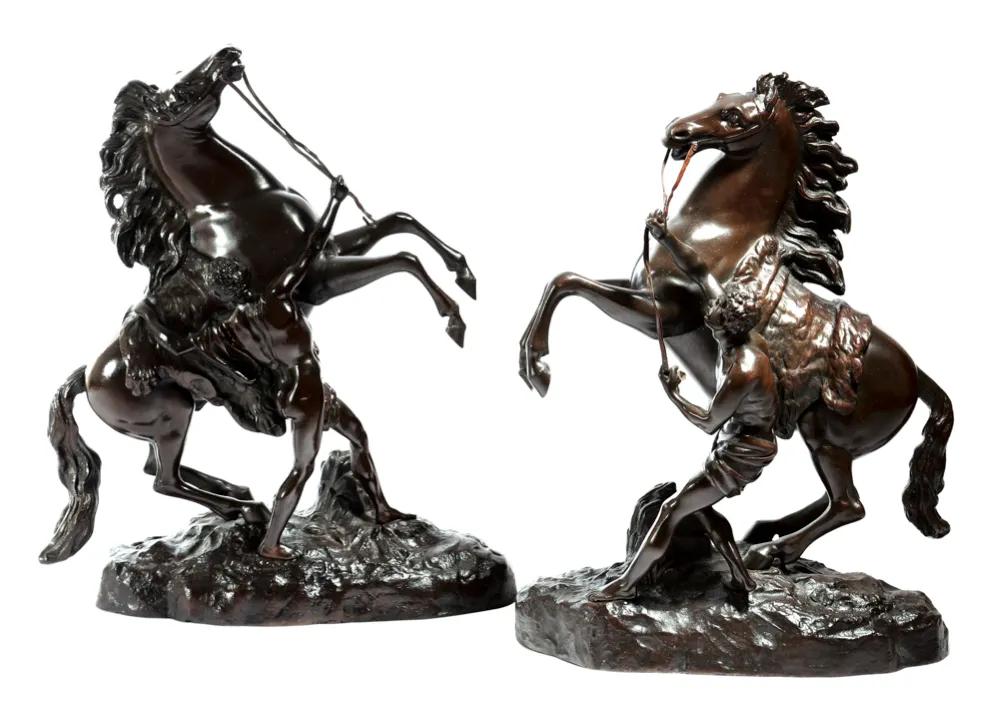
In today’s market, the trend is for small-to-medium decorative pieces, and although tastes vary, there is currently a strong penchant for simplicity of design and clean lines. David Hickmet suggests there are three key areas for collecting bronzes today: animalier bronzes from the mid 19th to mid 20th century; art nouveau bronzes from the late 19th to early 20th century; and art deco bronzes, from the early to mid 20th century. For example, he says, ‘A figure of a young woman in slightly sensuous period attire or a single animal portrayed standing proud have captivated the current zeitgeist, and fit into today’s interiors in a fascinating and evocative way’. Lisa Lloyd of the Antiques Roadshow and owner of Hand of Glory adds, ‘My personal favourites are 19th-century Grand Tour bronzes, including copies of figures discovered at Pompeii and Herculaneum: a number of companies were manufacturing these in Naples including the Sommer foundry.’

Modern technology has also had an effect on values of bronze collectables. As David explains, ‘The important sculptors from every prominent era are well referenced and, as a result, the prices for more affordable bronze sculptures by artists such as Pierre-Jules Mêne, Emmanuel Villanis and Josef Lorenzl (to name a few), have slowly but consistently increased over the past five to 10 years.’
For the serious investors, David adds, there are notable artists such as Antoine-Louis Barye and Demetre Chiparus whose works consistently fetch five-figure sums, with some of their masterpieces fetching in excess of £100,000. ‘Good-quality French neoclassical-style bronzes from the 19th century, such as those by Ferdinand Barbedienne, remain collectable and are unlikely to lose their value,’ says Lisa. ‘Ever popular are Austrian cold-painted figures such as those by Franz Bergman, whose typical subjects are Arab groups and all manner of animals.’ She points out that, while art deco bronzes still have appeal, the
soon-to-be-introduced ivory ban will have a knock-on effect on the market for figures incorporating ivory, such as those by Chiparus.
The future of bronze
The arrival in Plymouth this spring of Messenger (left), the 7m-high sculpture of a female figure designed by sculptor Joseph Hillier, proved that classical bronze casting techniques are very much alive today. The UK’s largest bronze sculpture, it was cast using the ancient lost-wax process. On a slightly smaller scale, but equally impressive, Ai Weiwei’s spectacular ‘Circle of Animals/Zodiac Heads’ is a travelling exhibition of 12 cast bronze animal heads that represent the ancient Chinese zodiac. The dramatic open-air exhibition is on display at the Yorkshire Sculpture Park (ysp.org.uk) until June 2020. The Royal Society of Sculptors (sculptors.org), lists further exciting contemporary bronze sculptors.

4 iconic works from bronze’s timeline
1
Gates of paradise
Italian Renaissance sculptor Lorenzo Ghiberti designed this set of doors in 1452 comprising 10 cast bronze panels with scenes from the Old Testament.
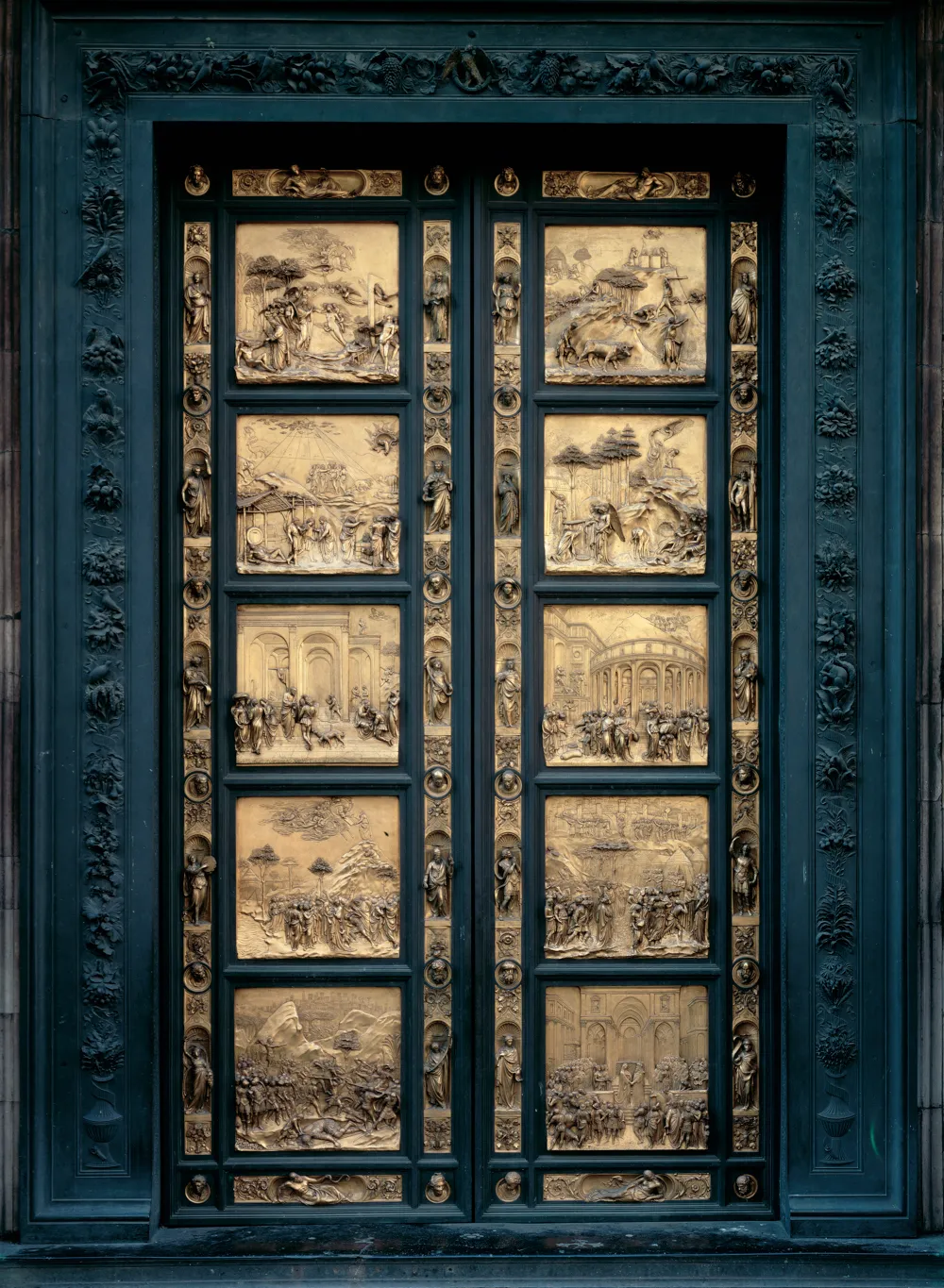
2
Rape of a Sabine
Another Renaissance masterpiece, Giambologna’s creation demonstrates the importance of three-dimensional realism.

3
Cheval Turc
This powerful 19th-century bronze is by France’s undisputed master animaliersculptor, Antoine-Louis Barye (1795-1875).
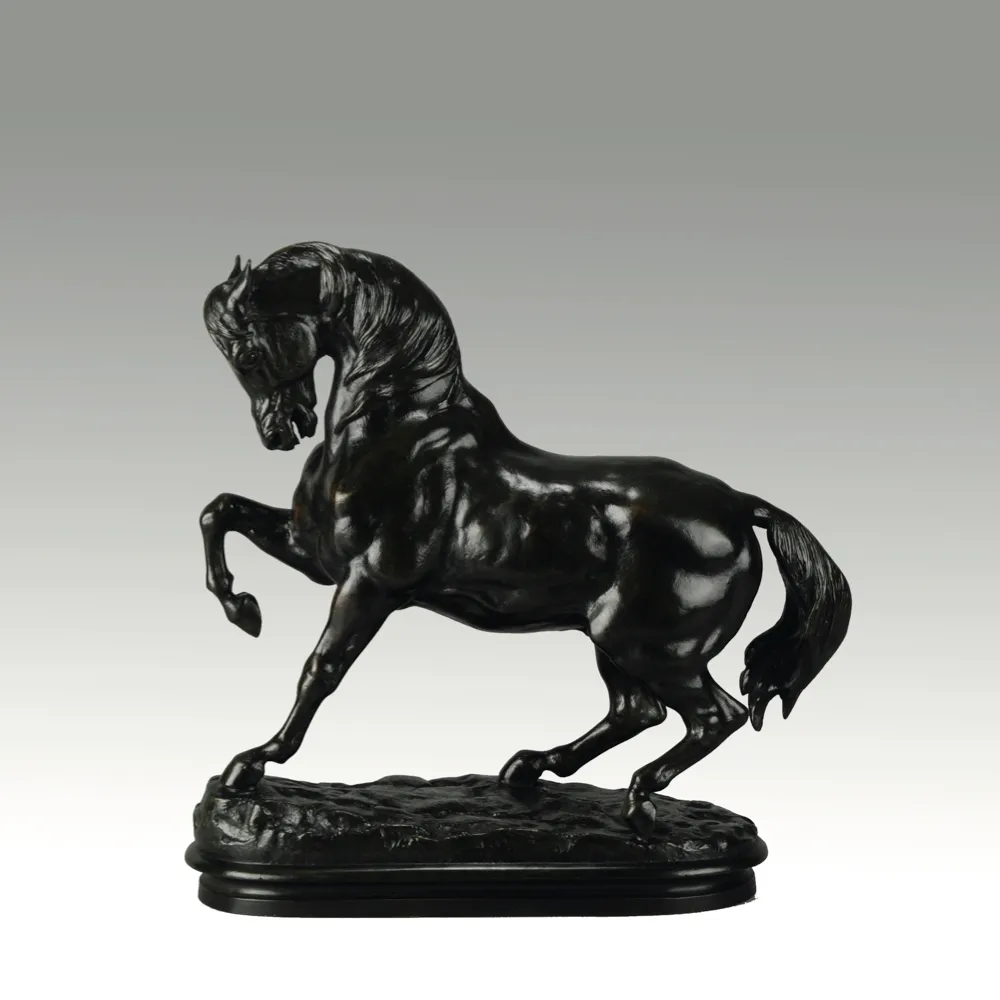
4
Les Girls
A magnificent art deco group of five Ballet Russes dancers into which sculptor Chiparus has captured the energy and vitality of the interwar era.
